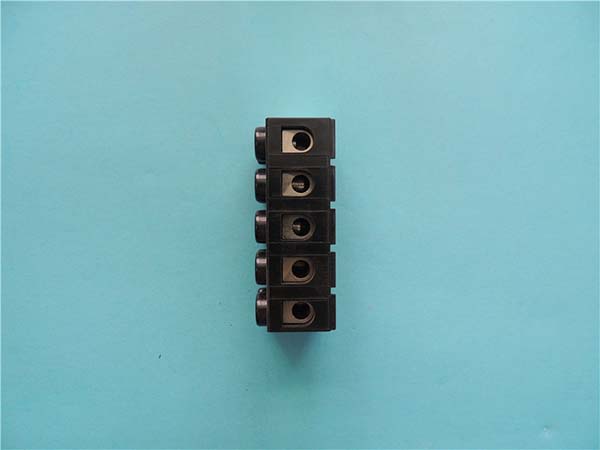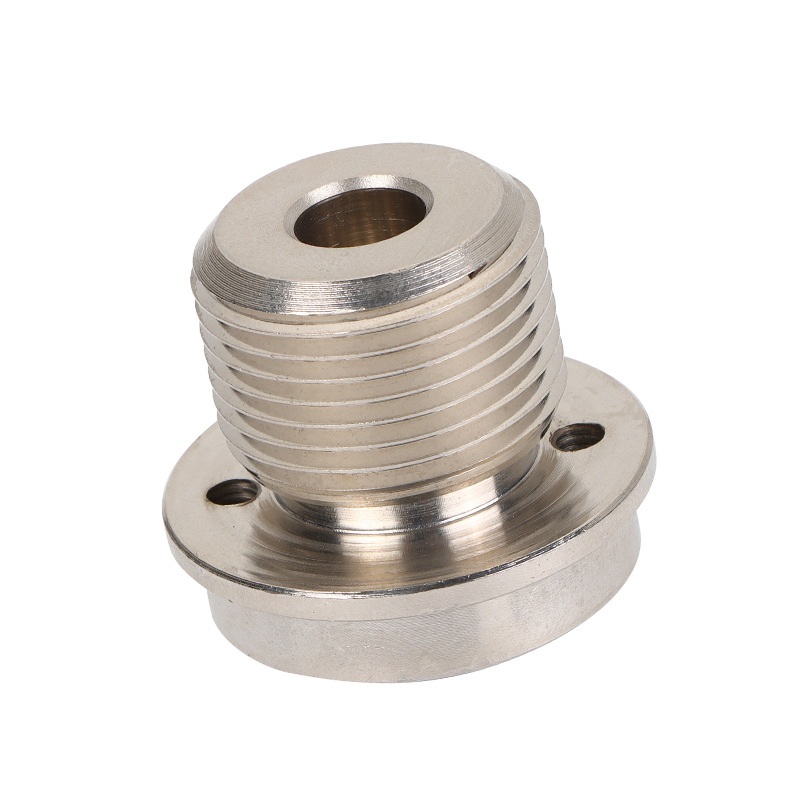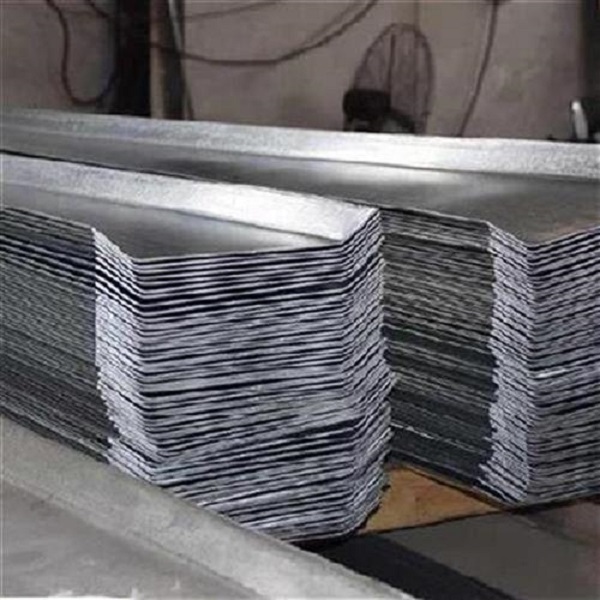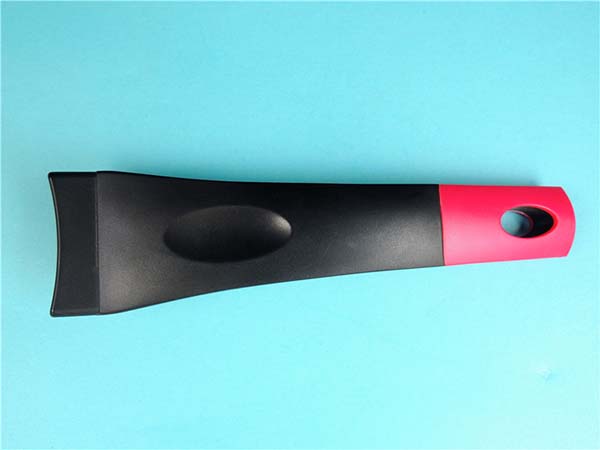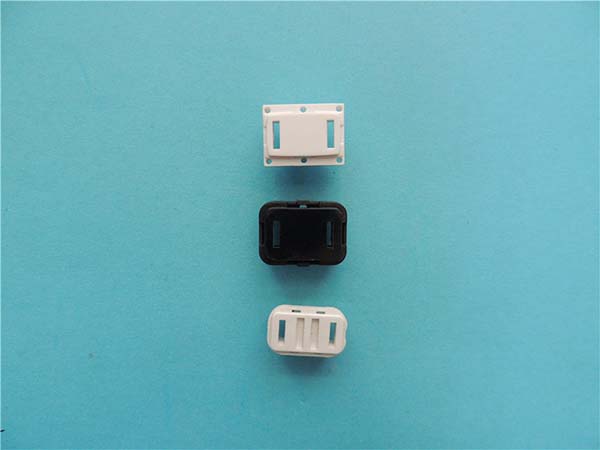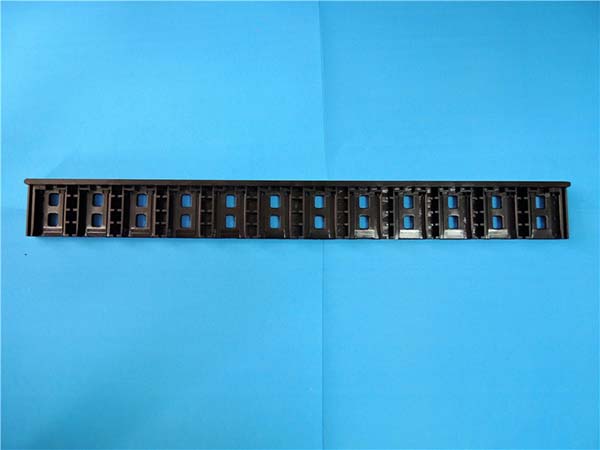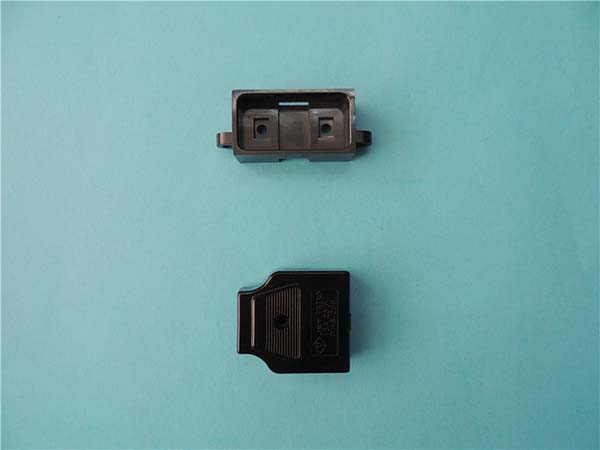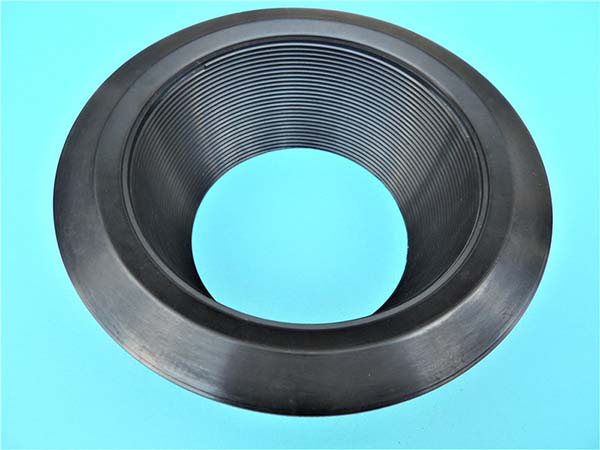What is Electron Beam 3D Printing?
Definition and Basic Principle
Electron Beam 3D Printing, also known as Electron Beam Melting (EBM) or Electron Beam Selective Melting (EBSM), is an advanced additive manufacturing technology. It belongs to the powder bed fusion category of 3D printing.
The basic principle is centered around using a high - energy electron beam. First, a 3D model of the object to be printed is created using computer - aided design (CAD) software. This digital model is then sliced into thin layers. The printer spreads a layer of metal powder evenly across a build platform within a vacuum chamber. The electron beam, generated by an electron gun, is precisely controlled to scan the cross - sectional pattern of the sliced layer on the powder bed. As the electron beam hits the metal powder, it transfers its energy to the powder particles. This energy causes the powder to melt and fuse together, solidifying into the shape defined by the cross - section. After one layer is completed, the build platform is lowered by a small distance, typically in the range of 50 - 200 micrometers, a new layer of powder is spread, and the process is repeated until the entire 3D object is built layer by layer. This vacuum environment is crucial as it prevents oxidation of the metal powder during the melting process, ensuring high - quality and pure metal parts.
Key Components and How They Work
- Electron Gun: This is the source of the electron beam. It consists of a cathode, which emits electrons when heated, and an anode. The cathode is usually made of materials like tungsten or lanthanum hexaboride. A high - voltage potential difference is applied between the cathode and the anode, typically in the range of 30 - 60 kV. This accelerates the electrons emitted from the cathode, forming a high - velocity electron beam. The electron gun also has electromagnetic lenses and deflection coils. The electromagnetic lenses focus the electron beam to a small spot size, usually in the range of 0.1 - 1 mm, to ensure high - precision melting of the powder. The deflection coils are used to control the movement of the electron beam across the powder bed according to the cross - sectional pattern of the sliced 3D model.
- Vacuum System: As mentioned earlier, the entire printing process takes place in a vacuum environment. The vacuum system is responsible for creating and maintaining this low - pressure environment. It typically includes vacuum pumps, valves, and pressure sensors. The vacuum pumps remove air and other gases from the printing chamber. A typical vacuum level during EBM 3D printing is on the order of \(10^{-4}\) to \(10^{-5}\) mbar. This low - pressure environment is essential to prevent oxidation of the metal powder, as well as to ensure that the electron beam can travel freely without being scattered by gas molecules.
- Powder Delivery and Spreading System: This system is responsible for evenly distributing the metal powder onto the build platform. It usually consists of a powder hopper, a recoater blade, and a powder feed mechanism. The powder hopper stores the metal powder. The powder feed mechanism transports the powder from the hopper to the build area. The recoater blade, which can be either a mechanical blade or a roller, spreads the powder in a thin, uniform layer across the build platform. The thickness of the powder layer is carefully controlled, as it affects the quality and resolution of the printed part.
- Build Platform: This is where the 3D object is built. It can be moved up and down precisely during the printing process. After each layer of powder is melted and solidified, the build platform is lowered by the thickness of the next powder layer, typically 50 - 200 micrometers, to allow for the deposition and melting of the next layer. The build platform is also designed to be able to withstand high temperatures generated during the printing process, as the melted metal powder can reach temperatures close to the melting point of the metal being printed.
How Does Electron Beam 3D Printing Differ from Other 3D Printing Technologies?
Comparison with SLA
Applicable Materials: Stereolithography (SLA) uses liquid photopolymer resins. These resins are cured by exposure to ultraviolet (UV) light. The cured parts have good surface smoothness and are suitable for applications such as jewelry making, dental models, and small - scale, high - detail prototypes. Electron beam 3D printing, as mentioned, uses metal powders. The difference in materials leads to significant differences in the properties of the final products. For example, SLA - printed resin parts are not suitable for high - temperature or high - strength applications, while electron beam 3D - printed metal parts are ideal for such scenarios.
Molding Principle: In SLA, a UV laser traces the cross - section of the 3D model on the surface of the liquid resin, curing it layer by layer. The process occurs in an open or semi - open environment. In electron beam 3D printing, the electron beam melts metal powder in a vacuum chamber. The high - energy electron beam provides a different energy input mechanism compared to the UV light in SLA, resulting in different melting and solidification behaviors.
Application Scenarios: SLA is often used in the fields of art, design, and some medical applications where high - detail and smooth - surface models are required. Electron beam 3D printing is mainly applied in aerospace, automotive, and medical implant manufacturing, where high - strength, heat - resistant metal parts are essential.
Comparison with SLS
Energy Source: Selective Laser Sintering (SLS) uses a laser as the energy source to sinter powder materials, which can include plastics, metals, and ceramics. The laser beam has a certain wavelength and energy density. Electron beam 3D printing, as the name implies, uses an electron beam as the energy source. The electron beam has different interactions with materials compared to a laser beam. For example, electrons can penetrate deeper into the powder material, which can affect the melting and sintering depth and efficiency.
Sintering Effect: SLS can achieve a relatively high degree of densification of the sintered parts, but there may still be some porosity in the final product. Electron beam 3D printing, due to the high - energy electron beam and the vacuum environment, can often achieve higher densification rates, resulting in parts with better mechanical properties. For example, in the production of metal parts for aerospace applications, the high - density parts produced by electron beam 3D printing can better meet the strict requirements for strength and fatigue resistance.
Where is Electron Beam 3D Printing Used?
Aerospace Industry Applications
In the aerospace industry, electron beam 3D printing has found extensive applications. For engine components, such as turbine blades, traditional manufacturing methods often involve complex forging and machining processes. With electron beam 3D printing, manufacturers can directly produce turbine blades with intricate internal cooling channels. These channels are crucial for maintaining the performance and lifespan of the blades under extreme high - temperature conditions in the engine. For example, General Electric has been exploring the use of electron beam 3D printing in manufacturing components for its jet engines. This not only reduces the weight of the components by up to 30% compared to traditional manufacturing methods but also improves the overall efficiency of the engine by optimizing the internal structure of the components.
Lightweight structural parts are also a significant application area. In aircraft structures, reducing weight while maintaining strength is of utmost importance. Electron beam 3D - printed titanium alloy structural parts can achieve a high strength - to - weight ratio. For instance, some aerospace companies have used this technology to produce wing spars and fuselage frames. The production time for these parts can be reduced by 50% compared to traditional manufacturing processes, which usually involve multiple steps of cutting, welding, and assembly.
Medical Device Manufacturing
In medical device manufacturing, electron beam 3D printing plays a vital role in creating customized implants. For orthopedic implants, such as hip replacements, every patient's anatomy is unique. Electron beam 3D printing allows for the production of implants that are precisely tailored to an individual patient's bone structure. A study showed that 95% of patients with 3D - printed hip implants reported better comfort and a faster recovery time compared to those with standard implants. These implants can also have porous structures that promote bone ingrowth, enhancing the long - term stability of the implant in the body.
Surgical instruments are another area of application. High - precision and complex - shaped surgical instruments can be produced using electron beam 3D printing. For example, forceps with unique gripping patterns or scalpels with customized handles can be fabricated to meet the specific needs of different surgical procedures. This customization can improve the dexterity and precision of surgeons during operations, potentially leading to better surgical outcomes.
Yigu Technology's View
As a non - standard plastic metal products custom supplier, Yigu Technology recognizes the great potential of electron beam 3D printing. This technology allows for the creation of complex geometries that are difficult to achieve with traditional manufacturing methods. In the field of non - standard plastic metal products, electron beam 3D printing can produce customized parts with high precision and mechanical strength. For example, it can create unique metal - plastic composite structures that combine the advantages of both materials. By using electron beam 3D printing, the production time for non - standard products can be significantly reduced, and the material waste can be minimized. This technology also enables more innovative designs, as designers are no longer restricted by the limitations of traditional manufacturing processes. Overall, electron beam 3D printing is set to revolutionize the non - standard plastic metal products manufacturing industry, bringing more efficient and creative solutions.
